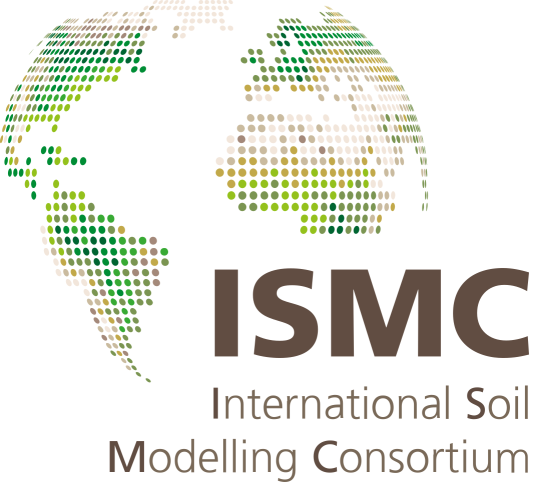Soil sampling design optimization by using conditioned Latin Hypercube sampling
- Department of Landscape Protection and Environmental Geography, University of Debrecen, Debrecen, Hungary (hateffard.fatemeh@science.unideb.hu)
One of the most critical steps in digital soil mapping is finding a sampling approach to cover a good spatial coverage of the area regarding the soil spatial variation. In this matter, environmental variables can aid in taking samples in more innovative and more precise locations while reducing the soil sampling efforts such as time and costs. Conditioned Latin hypercube sampling (cLHS) is a stratified random design strategy that perfectly represents the variability of auxiliary variables in feature space. This study applied this method and compared it to simple random sampling to optimize sampling designs for mapping in the agricultural study site in Hungary. The covariates were indices extracted by the digital elevation model and Landsat images. The principal component analysis (PCA) was applied to reduce the data overlap and select the most important variables as the model's inputs. By computing the statistical criteria (mean, variance, standard deviation, etc.) for covariates and comparing these results between the sampling populations and the entire one, we may conclude that both designs gave almost similar predictions. However, for most covariates, statistical means of cLHS provide the closest approximation compared to the random approach sampling method, but the statistical variances and SDs retrieved similar results. Furthermore, the histogram distribution of most variables in the cLHS was following more closely to the original distribution of the environmental covariates. Overall, considering the type of the study site and the chosen variables, it seems that cLHS is a more applicable method.
How to cite: Hateffard, F. and József Novák, T.: Soil sampling design optimization by using conditioned Latin Hypercube sampling , 3rd ISMC Conference ─ Advances in Modeling Soil Systems, online, 18–22 May 2021, ISMC2021-35, https://doi.org/10.5194/ismc2021-35, 2021.

